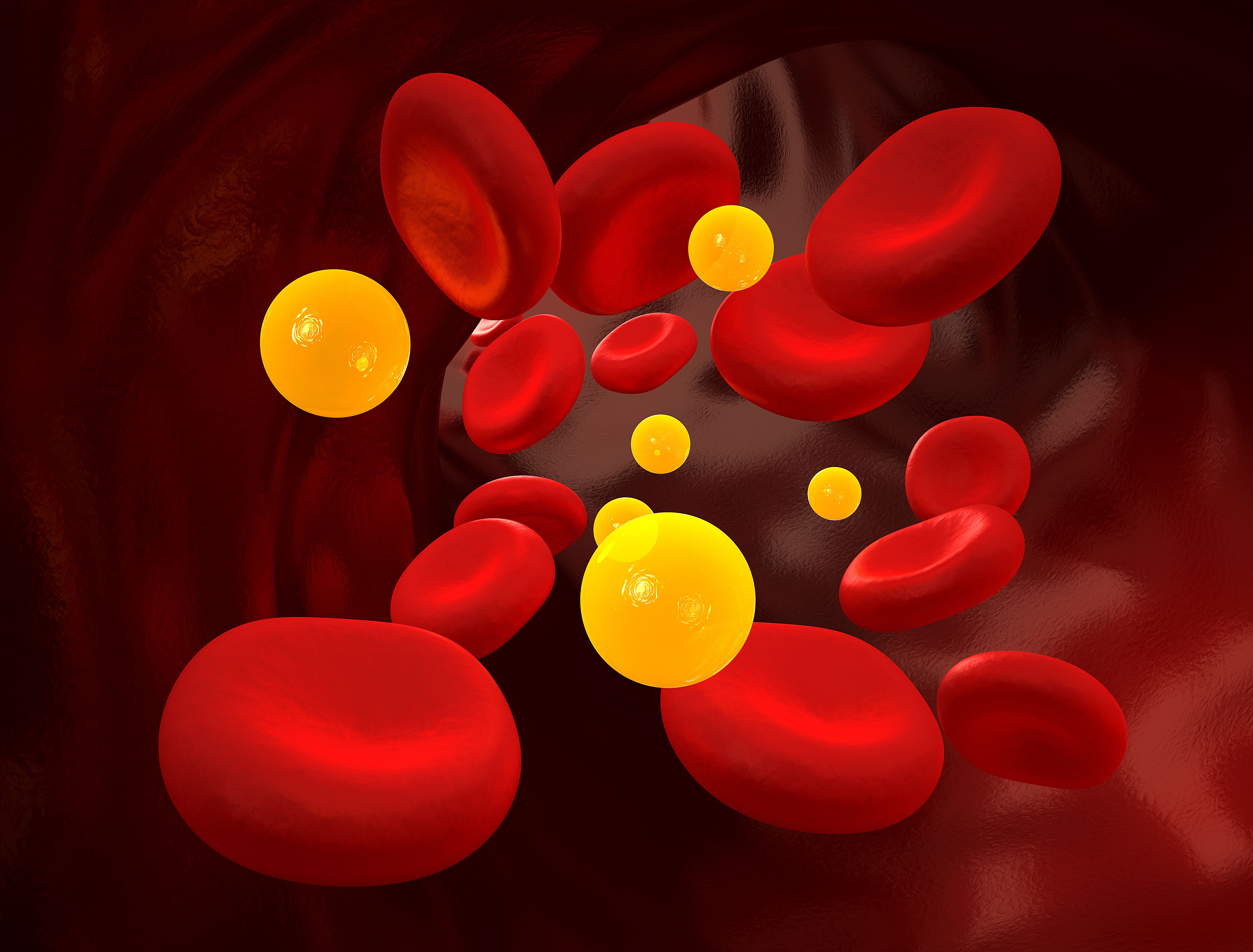Video
LDL-C Lowering Therapy Under Study: Inclisiran
Author(s):
Transcript:
Alan Brown, MD: Thanks for all your thoughts on PSCK9 inhibitors. No one can deny that they are very effective drugs. A lot can be learned from the launch of PCSK9 inhibitors. They chose to launch it a very high price. It’s clear that antibodies against PCSK9 are expensive to make, but for the first time in history, we saw a situation in which a drug that was more effective than anything else on the market and had clear-cut outcome data was less accessible to our patients because of payers.
This has not been the case in the past, where you could say, “Our drug is guideline based. It has better outcomes than all of the previous guideline-based drugs. At any cost, it should be approved, and there should be access.” It shows you where we’re moving in health care. As we move toward value, and we’re more and more likely to have contracts with which our health care systems are taking care of patients for a monthly capitation someday, the cost of drugs is a huge factor. It can have a major impact on the financials of insurers, as well as health care systems, in the future.
We have a new entry into the market. We don’t know where they’re going to land, in terms of pricing. It’s fairly inexpensive to make the drug. We have inclisiran, which is not an antibody. It’s a small, inhibiting messenger RNA for PCSK9, so it works by inhibiting PCSK9. It’s given every 6 months, but it has to be given by a health care provider.
Let’s think about that for a minute and consider what the implications are, in terms of how that will affect compliance and cost of care. Should it be delivered in the doctor’s office, or should it be delivered on a systematic level by a health care system? I know that the United Kingdom has their National Health Service looking at actions to use a drug like inclisiran.
We’ll ask Matt a bit about the mechanism of inclisiran, and then we’ll go to Seth to talk about data that we have for the drug. Then, Keith and Pam are going to talk about which patients should receive it and what it means for the future of health care. We’ll start with Matt about inclisiran and how it works.
Matthew J. Budoff, MD: Inclisiran is an siRNA [small-interfering RNA]. It basically prevents production of PCSK9. It works far upstream from where the PSCK9 inhibitors work to produce less PCSK9. Therefore, has a much longer activity level. It lasts up to 6 months per injection because it changes our production rate, rather than trying to give us circulating monoclonal antibodies to absorb the deep production of PSCK9. It’s a very clever and unique approach to cardiovascular medicine, in general.
Alan Brown, MD: Seth, fill us in a bit about the efficacy of this drug given every 6 months. It’s another way of reducing PSCK9 levels and upregulating LDL [low-density lipoprotein] receptors. What have the clinical trials have shown so far?
Seth J. Baum, MD: There are 2 things I wanted to say before I get into that. One was that you mentioned that PCSK9 inhibitors were such a great example of how much trouble we can get into if a drug is priced too high. We won’t get access to it, and there are downstream bad effects from that.
I was part of a publication in Circulation: Cardiovascular Quality and Outcomes with the FH [familial hypercholesterolemia] Foundation. It demonstrated that among the people with very high risk who have been prescribed and denied a PSCK9 inhibitor, there were infarcts and deaths. There were true cardiovascular events that occurred because people couldn’t get access to the medications. We have to be really cognizant of this and very careful about how we approach it.
Then, one of the cool things about this small-interfering RNA is that it’s different than the antibodies, which work on a 1-to-1 basis. With those, we have an antibody, it binds to PCSK9, and then it’s destroyed. The small-interfering RNAs can treat multiple mRNAs. In other words, they can knock off multiple mRNAs. It’s not on a 1-to-1 basis. It is a phenomenal innovation.
There were three main trials. There were many ORION trials, but there were 3 main ones—9, 10, and 11. We’ve had pooled analysis of these trials. The patient with heterozygous FH was emphasized in ORION-9 [NCT03397121], while patients with ASCVD [atherosclerotic cardiovascular disease] were the focus in ORION-10 [NCT03399370], and then the very high-risk patients were in ORION-11 [NCT03400800]. If we pool the analyses, we the same thing across the board. They provide a very strong reduction in LDL of 50% to 55%. It’s sustained over time. The injection, as Matt said, is every 6 months, which is absolutely remarkable. The safety profile was astounding in that the only things that showed up were injection site reactions. As you might anticipate, those were a little worse in the drug vs placebo arm of the trial. Otherwise, everything was balanced spectacularly.
Based on the ORION trials—and I participated in a number of these trials, as well—I’m very optimistic about the future with regard to this drug. I’m very optimistic.
Transcript Edited for Clarity





